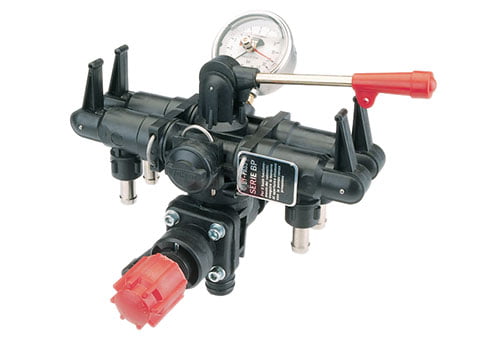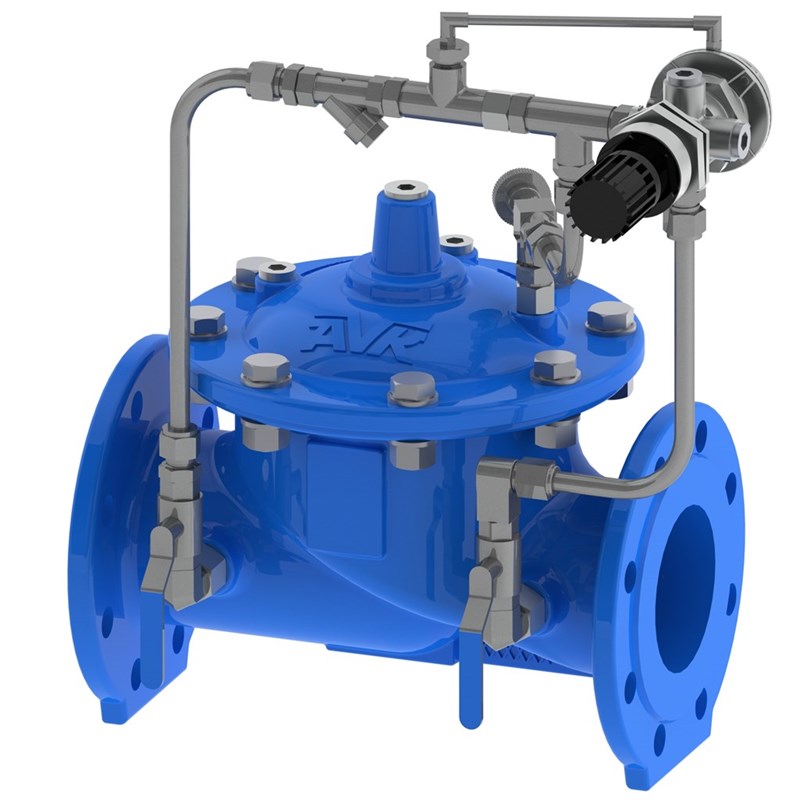
Maximize Power Financial Savings and Convenience With Advanced Building Automation Controls
In the realm of modern-day architecture and center management, the combination of innovative building automation regulates stands as a pivotal development. By utilizing the power of automation, structures can adjust, respond, and develop in means that were once unbelievable.
Energy Effectiveness Conveniences
Energy effectiveness advantages can considerably lower power consumption and operational expenses in structures. By applying energy-efficient practices and innovations, structure proprietors and drivers can achieve substantial cost savings while likewise adding to ecological sustainability. Among the primary advantages of enhancing power effectiveness in structures is the decrease of energy costs. Energy-efficient systems, such as advanced structure automation controls, can optimize making use of resources like air conditioning, heating, and illumination, leading to reduced energy costs gradually.
Furthermore, improved power efficiency can lengthen the life expectancy of building equipment and systems. By operating a lot more successfully, a/c systems, light, and other structure parts experience less wear and tear, causing decreased upkeep and substitute expenses. In addition, energy-efficient buildings frequently regulate higher residential property values and rental prices, supplying long-term financial advantages to proprietors.
In addition, power efficiency can boost passenger comfort and efficiency. Correctly regulated interior environments with ideal lights and thermal problems create an even more conducive and pleasurable workspace, bring about improved staff member contentment and performance. Overall, the power efficiency advantages connected with sophisticated structure automation controls are complex, incorporating cost savings, environmental stewardship, and passenger wellness.
Enhanced Convenience Control
Enhancing comfort control in building environments needs a sophisticated assimilation of advanced automation systems for optimal resident wellness. By using sophisticated structure automation controls, centers can tailor the indoor environment to meet the specific requirements and choices of passengers. These systems allow exact regulation of lighting, temperature level, and air flow, producing a efficient and comfortable environment. Occupant complete satisfaction and performance are very closely connected to thermal comfort, making it vital to have systems in position that can adjust to altering conditions in real-time.
Enhanced convenience control goes beyond fundamental temperature modifications. It includes functions such as individualized settings, tenancy sensors, and all-natural light usage to develop a dynamic and responsive atmosphere. By including these advanced controls, structures can not only improve convenience but additionally enhance power efficiency by maximizing system operations based on actual tenancy and usage patterns. Ultimately, prioritizing passenger convenience through innovative automation systems brings about a much more satisfying and healthier indoor environment.
Functional Performance Improvements

In addition, the application of real-time monitoring and analytics tools allows structure operators to identify energy ineffectiveness and functional anomalies quickly. By constantly keeping track of power use patterns and system efficiency metrics, modifications can be made in real-time to optimize power consumption and make certain peak operational performance. control valves. Additionally, including demand action strategies right into structure automation controls can even more boost operational performance by dynamically adjusting energy use based on grid conditions and prices signals
Indoor Environment Optimization
Reliable indoor environment optimization is a basic element of structure automation controls, guaranteeing residents' convenience and wellness while maximizing energy cost savings. By making use of innovative sensing units and controls, developing automation systems can continually monitor and readjust temperature, moisture degrees, air top quality, and ventilation to create an ideal indoor atmosphere. Keeping comfortable and constant problems not just boosts occupant contentment but additionally boosts productivity and overall well-being.
Indoor climate optimization additionally plays an important duty in power performance. By fine-tuning cooling, heating, and ventilation systems based upon real-time information and occupancy patterns, building automation controls can considerably decrease energy consumption - control valves. For example, implementing techniques such as demand-controlled ventilation and thermal zoning can help minimize energy waste while guaranteeing that each area of the building receives the necessary conditioning.

Sustainable Atmosphere Creation
Structure automation manages not just enhance indoor environment problems for energy performance and passenger comfort but also go to website lay the structure for creating a lasting environment via tactical monitoring of systems and sources. By integrating innovative building automation modern technologies, such as sensors, actuators, and smart software, centers can keep track of and readjust energy usage in real-time to decrease waste and decrease their carbon footprint. These systems make it possible for predictive upkeep, recognizing potential problems before they intensify and maximizing devices efficiency to improve durability and efficiency.
Additionally, lasting environment development extends beyond power management to include water preservation, waste reduction, and indoor air quality enhancement. Structure automation controls can regulate water use, discover leakages, and guarantee correct waste disposal techniques, adding to general sustainability efforts. Furthermore, by checking and controlling ventilation and filtering systems, these innovations improve passenger health and wellness and performance while lowering power usage connected with HVAC operations.
Conclusion
In conclusion, advanced structure automation controls deal substantial advantages in regards to power financial savings, convenience control, functional effectiveness, indoor climate optimization, and developing a sustainable atmosphere. By implementing these controls, structures can attain optimum efficiency while minimizing energy consumption and improving owner convenience. It is obvious that making use of innovative automation technology is crucial in boosting building performance and developing a much more sustainable future.
Power effectiveness advantages can dramatically lower energy go to this website usage and functional expenses in structures. In general, the energy performance benefits linked with sophisticated structure automation controls are multifaceted, incorporating expense savings, environmental stewardship, and occupant well-being.
Furthermore, including need response strategies into building automation controls can additionally boost functional performance by dynamically changing power use based on grid conditions and prices signals.
Structure automation controls not only optimize indoor climate conditions for power performance and occupant comfort but additionally lay the structure for producing a lasting atmosphere with calculated administration of resources and systems.In final thought, advanced building automation controls deal considerable advantages in terms of energy savings, comfort control, operational look at here performance, indoor climate optimization, and creating a lasting setting.